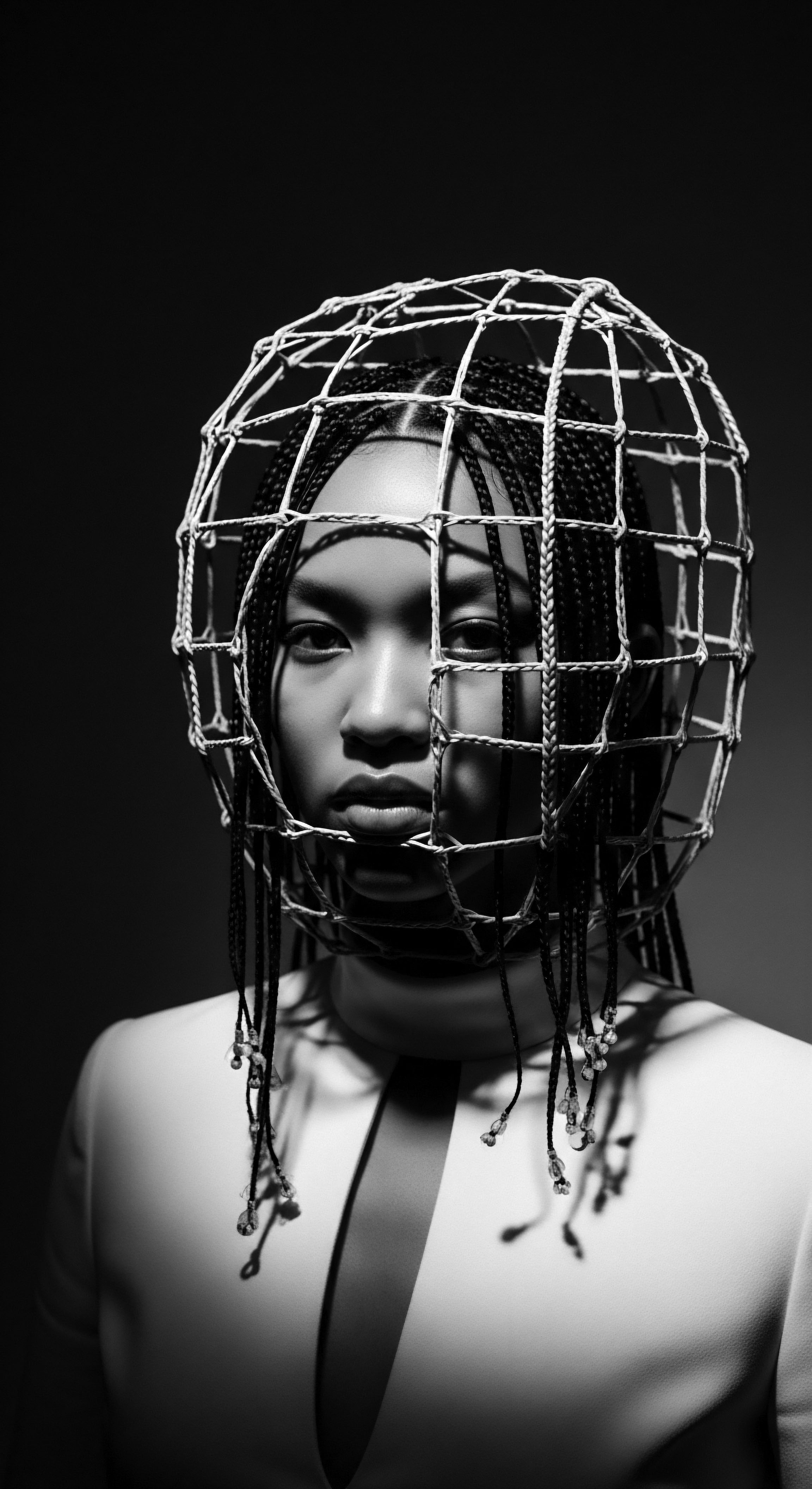
Roots
Consider a single strand of textured hair, not as a mere filament of protein, but as a living archive, a whisper of countless generations held within its very curl. It is a testament to lineage, a repository of wisdom passed down through touch, through ritual, and through the quiet, steadfast language of cultural memory. This exploration does not seek to simplify a vast, kaleidoscopic tradition, but rather to delve into the fundamental ways modern braided styles echo the steadfast spirit of ancestral resistance and the deep wellspring of cultural pride. Every coil, every kink, every gentle wave in textured hair bears the markings of a heritage that defied erasure, asserting identity when circumstances sought to diminish it.
The understanding of textured hair begins at its very essence, its unique architecture that sets it apart. Scientifically, the elliptical cross-section of a textured hair strand, coupled with the varied distribution of keratin, gives rise to its characteristic curl patterns. This anatomical specificity is not a flaw; it is a feature, a design that historically facilitated protective styling, allowing ancestral communities to thrive across diverse climates and conditions. Ancient practitioners, though lacking microscopes, understood this inherent strength.
They recognized hair as a conduit for spiritual connection, a crown that linked individuals to the cosmos and their forebears. The very act of tending to hair, then, became a sacred exchange, a conversation across time, honoring the biological marvel of each unique curl.
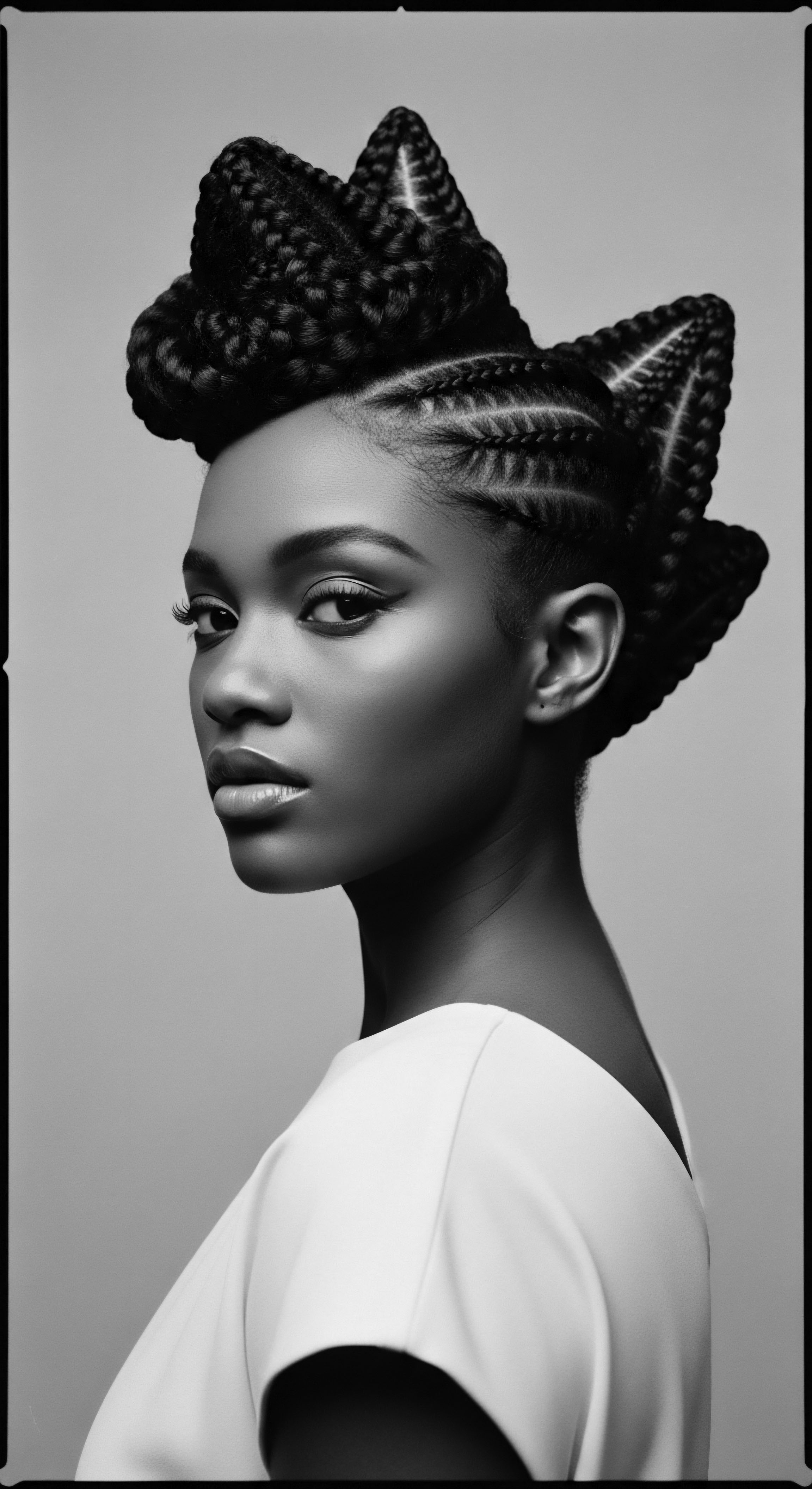
Hair Anatomy and Its Ancestral Meanings
The study of textured hair’s anatomy, even with modern instruments, often confirms the profound, intuitive knowledge held by our ancestors. The cuticle layers, often more numerous and tightly packed in textured hair, provide natural protection, particularly when braided. The follicle, often curved, dictates the hair’s coiled growth. These elements, which modern science dissects and analyzes, were understood through observation and millennia of empirical practice.
In many African cultures, hair was not just an adornment; it was a potent symbol of status, tribe, marital status, and even spiritual power. A well-maintained head of braids signified social standing and personal well-being, an outward reflection of inner harmony.
This inherent architecture, from the moment a strand emerges from the scalp, prepares it for the collective artistry of braiding. The natural tendency to coil and interlock, often perceived as a challenge in Eurocentric beauty standards, was a gift, a natural inclination towards forms that offer both beauty and protection. Our forebears did not battle their hair; they understood its inclination and worked in concert with it, creating complex designs that respected the hair’s intrinsic structure.
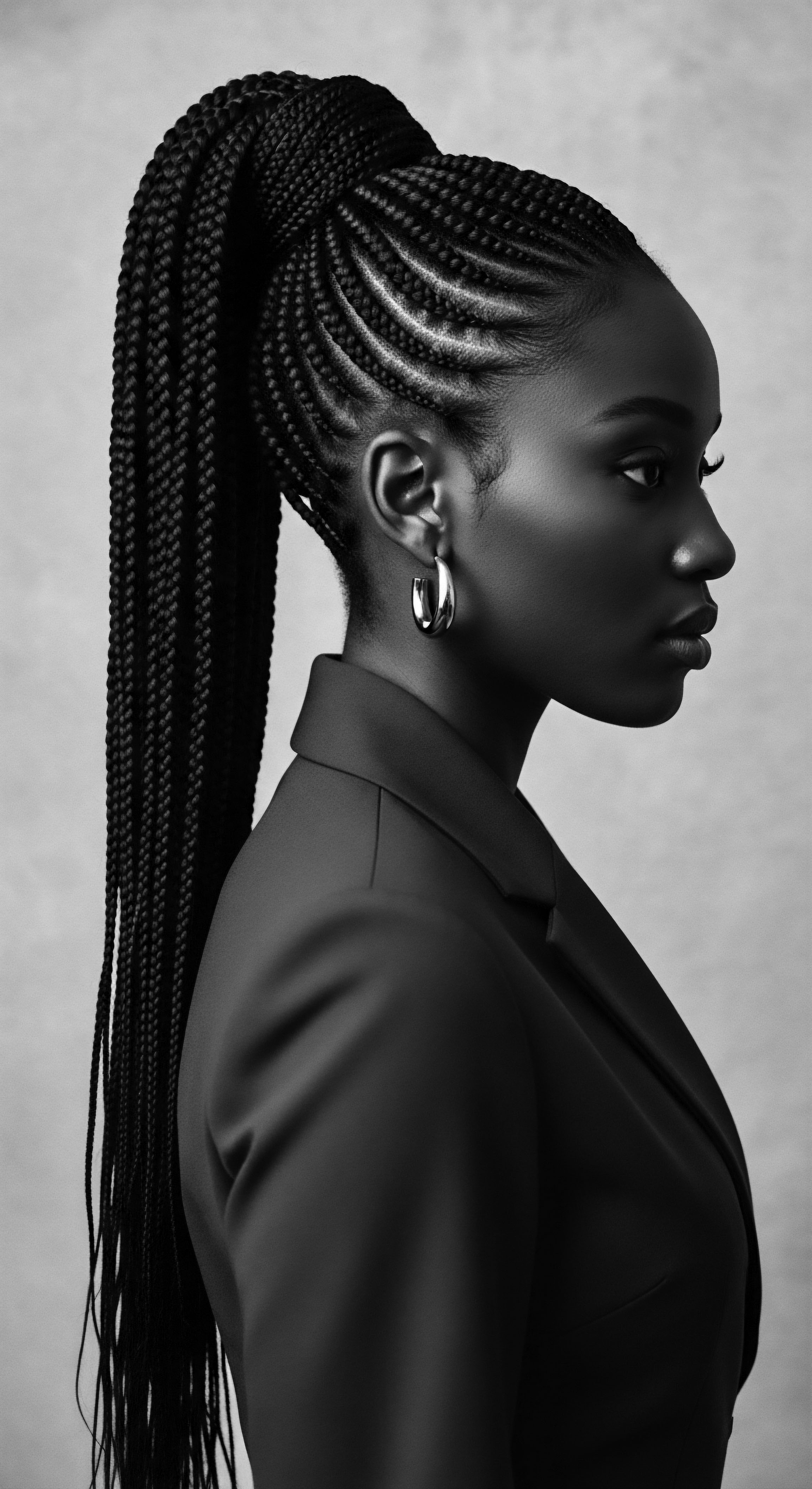
A Lexicon of Legacy ❉ Traditional Hair Terms
The language used to describe textured hair and its care carries its own significant weight, a lexicon shaped by generations.
The enduring shapes of modern braids whisper tales of ancestral defiance and the deep, abiding celebration of cultural identity.
- Dreadlocks ❉ A term now widely accepted, yet historically rooted in Rastafarian spiritual practices, symbolizing a return to natural order and a rejection of colonial aesthetics.
- Cornrows ❉ From the rhythmic parting that resembles rows of corn in a field, this term describes a foundational braiding technique found across African cultures, each region offering its own stylistic signature.
- Bantu Knots ❉ Named after the Bantu-speaking peoples of Southern Africa, these coiled sections of hair represent an ancient method of protecting and styling, often adorned with cowrie shells or beads.
These terms, and many others, are not merely descriptive; they carry the weight of history, the warmth of communal practice, and the quiet power of self-definition. They speak to an ongoing conversation between past and present, where the nomenclature itself becomes an act of preserving heritage.
Even the way hair grows, its natural cycles of rest and renewal, held wisdom for ancestral communities. Environmental factors, nutrition, and even emotional states were understood to influence hair’s vitality. Traditional remedies and hair care practices, often involving specific herbs, clays, and oils, were developed over centuries to align with these natural rhythms, fostering health from the root to the tip.
This holistic view, where hair health mirrors overall well-being, is a profound inheritance, underpinning the modern call for mindful hair care that respects the body’s natural processes. The deep understanding of these cycles informed the traditional timing of cuts, styling changes, and cleansing rituals, each act imbued with purpose and reverence.
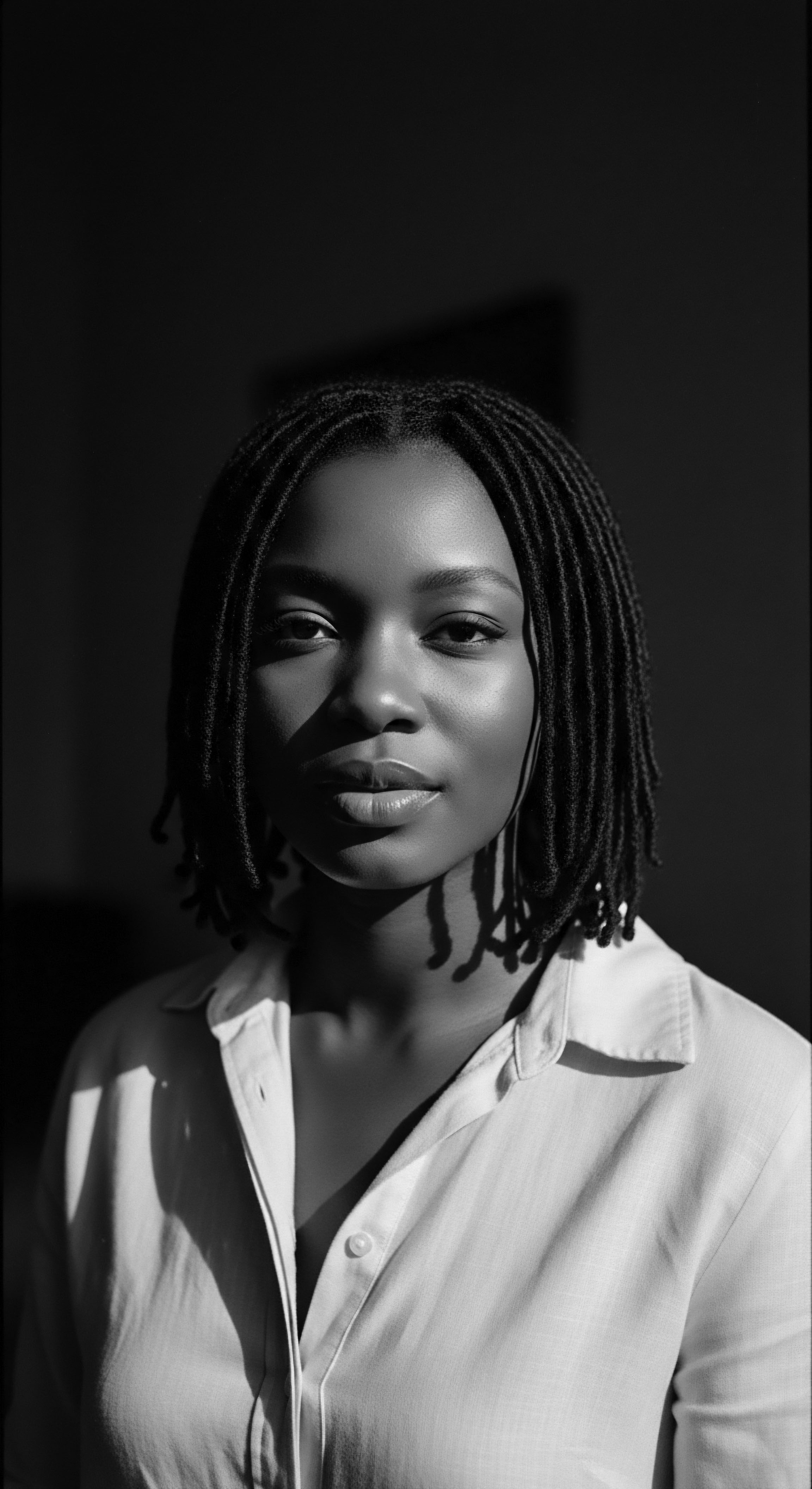
Ritual
Braiding, in its myriad forms, stands as one of humanity’s oldest acts of self-expression, a practice that transcended mere aesthetic appeal to become a powerful act of storytelling, communication, and communal bonding. For textured hair, this artistry held a particularly profound significance, serving not only as adornment but also as a shield—a physical and spiritual protection against external elements and, later, against the insidious forces of oppression. The rhythmic pull and twist of the strands, often performed in communal settings, transformed into a living ritual, a passing down of knowledge, history, and resilience from one generation to the next.

Protective Styling as Ancestral Ingenuity
Many modern braided styles, celebrated today for their beauty and protective qualities, are direct descendants of ancient African techniques. Cornrows, for instance, were more than just a hairstyle. They served as intricate maps, a covert language during periods of enslavement in the Americas. Scholars like Lori L.
Tharps and Ayana Byrd (Tharps & Byrd, 2001) document how enslaved Africans would braid patterns into their hair to signify routes to freedom or to conceal seeds for planting in new, unfamiliar lands. This practice was a powerful, silent act of resistance, transforming hair into a canvas for survival and a symbol of defiance against unimaginable cruelty. The very geometry of these braids, deceptively simple to the untrained eye, held complex directions, a testament to the ingenuity and resourcefulness of those seeking liberation.
| Historical Significance Identity markers, tribal affiliation, social status, spiritual connection, coded communication, practical protection. |
| Modern Resonance Self-expression, cultural pride, protective styling for hair health, fashion statement, connection to heritage, political statement. |
| Historical Significance Often dictated by age, marital status, or specific ceremonies within ancestral communities. |
| Modern Resonance Individual choice, influenced by trends, but retaining deep cultural ties and personal meaning. |
| Historical Significance From ancient signals of tribal belonging to contemporary declarations of cultural identity, braided styles carry a continuous narrative of purpose and pride. |
Beyond cornrows, styles such as box braids and twists also trace their lineage back centuries, serving as a vital means of protecting hair from harsh climates, reducing tangling, and promoting growth. These techniques were, and remain, a fundamental aspect of hair care in many parts of the African diaspora. The meticulous division of hair into sections, the precise tension applied, and the methods for securing the ends all reflect an inherited knowledge of hair mechanics and health, refined over countless generations.

Traditional Methods of Natural Styling and Adornment
The realm of natural styling extends far beyond braiding alone, encompassing a variety of techniques that celebrated the inherent qualities of textured hair.
The art of braiding is a living testament to humanity’s oldest acts of self-expression and the quiet strength of cultural preservation.
Traditional methods often involved coiling, twisting, and rolling the hair, allowing its natural patterns to shine. Hair was smoothed with natural oils and butters, then manipulated into shapes that were both beautiful and functional. Adornments played a significant role, with beads, cowrie shells, and precious metals woven into braids or applied to styled hair.
These elements were not merely decorative; they often carried symbolic meaning, representing wealth, status, protection, or spiritual beliefs. The choice of adornment, its placement, and the materials used communicated volumes about the wearer’s life, community, and aspirations.
The tools used in these practices were simple, yet perfectly adapted. Fine-toothed combs carved from wood or bone, pointed sticks for parting, and various vessels for mixing natural concoctions were common. These tools were often imbued with cultural significance, passed down through families, embodying the continuation of ancestral practices. They were not just instruments; they were extensions of the hands that lovingly tended to hair, linking current practitioners to a long line of skilled artisans.
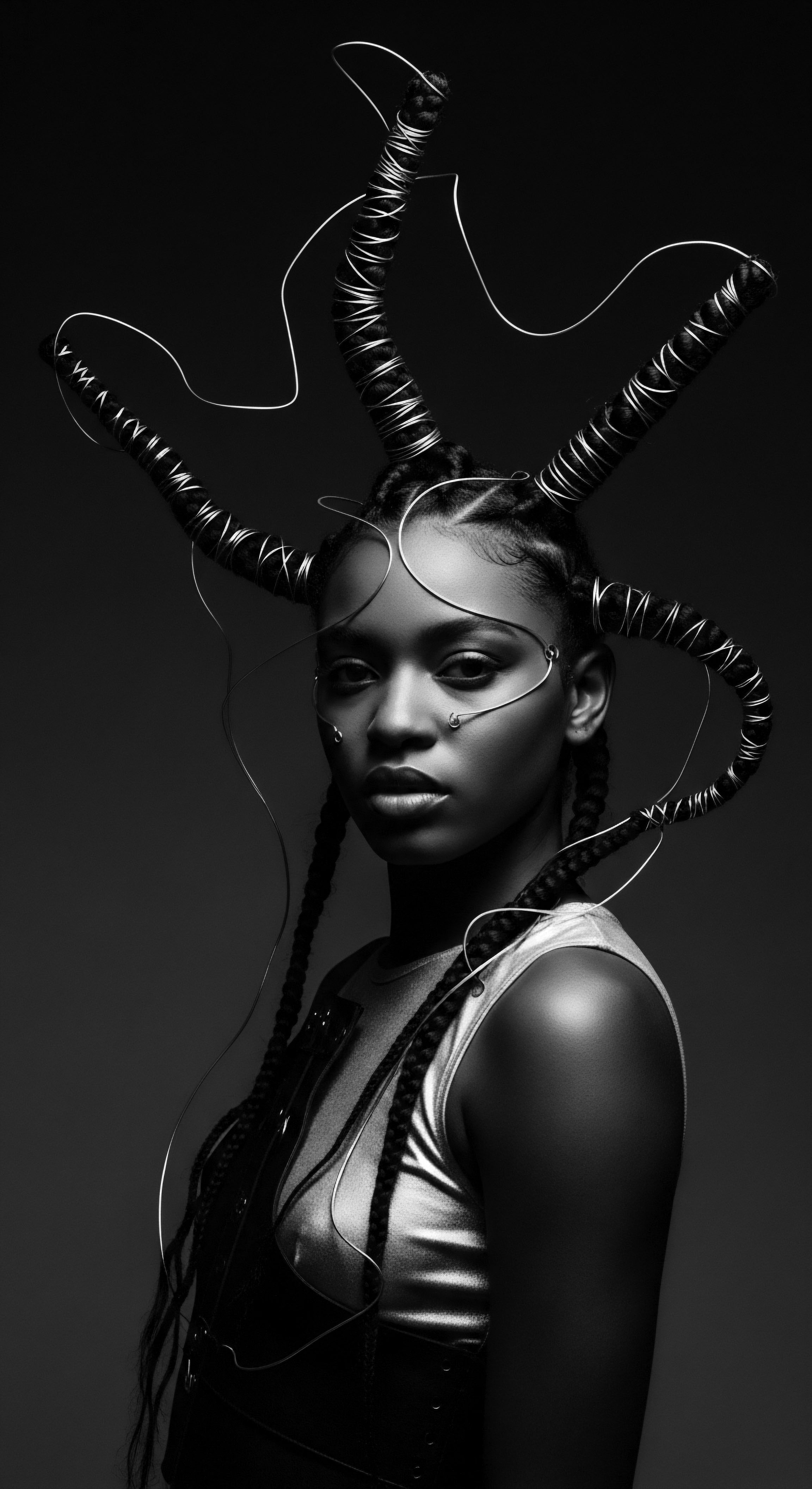
The Bonnet ❉ A Crown of Care and Identity
The modern hair bonnet, a seemingly simple accessory, carries a profound historical weight, particularly within the Black diaspora. Its prominence stems from a practical necessity to protect hair, especially intricate braided styles, during sleep. However, its significance runs deeper, connected to traditional headwraps and turbans worn across Africa and the Caribbean for centuries. These head coverings were not only practical but also deeply cultural, signifying status, marital status, or even spiritual devotion.
During slavery, headwraps became a symbol of both dehumanization (as mandated attire) and, paradoxically, resistance. Enslaved women transformed them into statements of dignity and creativity, using vibrant fabrics and intricate tying techniques. The modern bonnet, in this light, serves as a contemporary continuation of this tradition—a tool for preserving hair’s integrity while simultaneously asserting ownership over one’s body and heritage, a quiet act of self-care and cultural affirmation in the comfort of one’s own space. It transforms the practical act of protecting hair into a nightly ritual that honors ancestral wisdom concerning personal care and presentation.
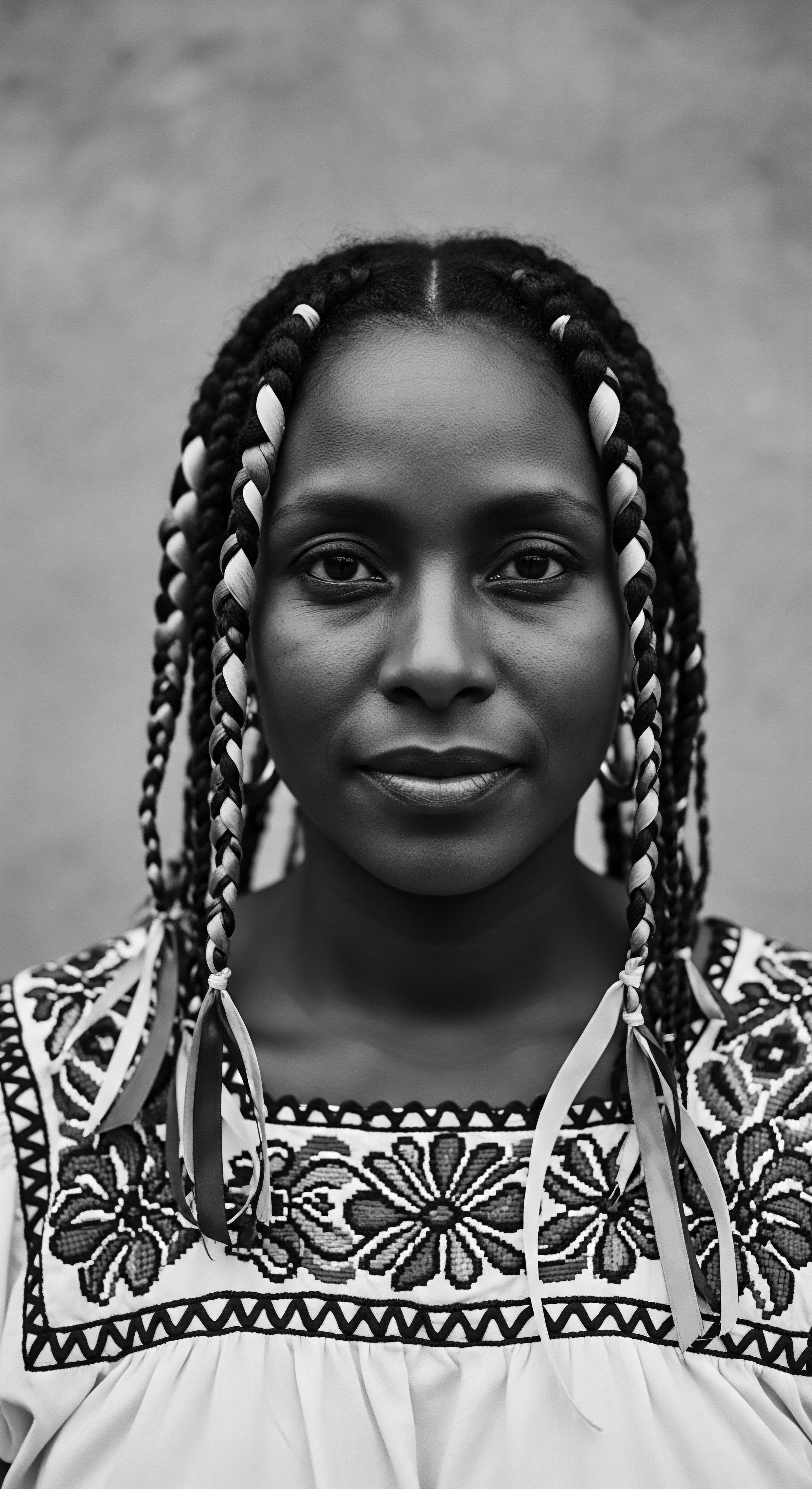
Relay
The narrative of modern braided styles extends beyond historical context and ritualistic practice; it becomes a living relay, a continuous transmission of knowledge, adaptation, and affirmation that shapes how textured hair is understood and cared for today. This connection to ancestral wisdom informs contemporary holistic care, addressing challenges with insights gleaned from generations, and acknowledging hair as a vital component of overall well-being. The very act of choosing a braided style, or any natural hair presentation, today is a conscious decision to participate in this relay, to honor the journey from past struggles to present-day self-determination.
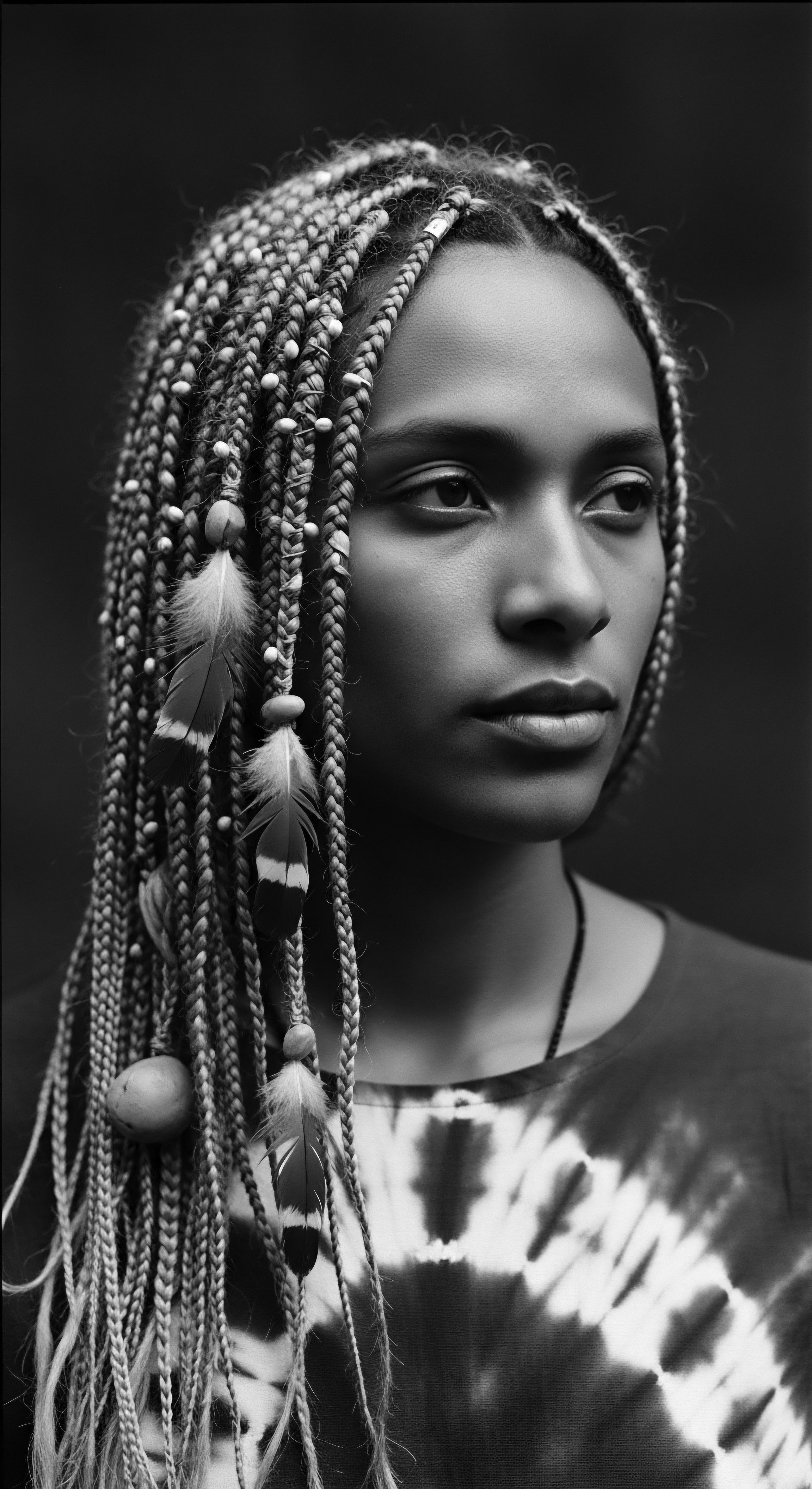
Ancestral Wisdom and Modern Regimens
The development of personalized textured hair regimens today often echoes principles understood by ancestral communities. Before the advent of mass-produced hair products, individuals relied on local botanicals and traditional methods for cleansing, moisturizing, and styling. These practices were rooted in ecological awareness, using what the land provided. For instance, the use of natural clays for cleansing, plant-based oils like shea butter or coconut oil for conditioning, and herbal infusions for scalp treatments were common across various African cultures.
Modern science now validates many of these traditional practices. The rich fatty acids in shea butter, for example, provide excellent emollience for dry textured hair, a fact known and utilized for centuries by women in West Africa. Similarly, the humectant properties of certain plant extracts, which draw moisture from the air, align with ancient moisturizing rituals.
The contemporary movement towards “clean” beauty and natural ingredients often finds its genesis in these inherited traditions, underscoring a deep historical lineage in hair care philosophy. This validation brings a circularity to knowledge, where ancient wisdom finds its contemporary scientific explanation.
The concept of a “regimen” itself, a systematic approach to care, was inherent in ancestral practices. Hair washing and conditioning were not random acts but often tied to lunar cycles, social events, or spiritual rituals, each act imbued with purpose. This methodical approach to care, passed down orally and through observation, forms the backbone of effective modern hair care plans.
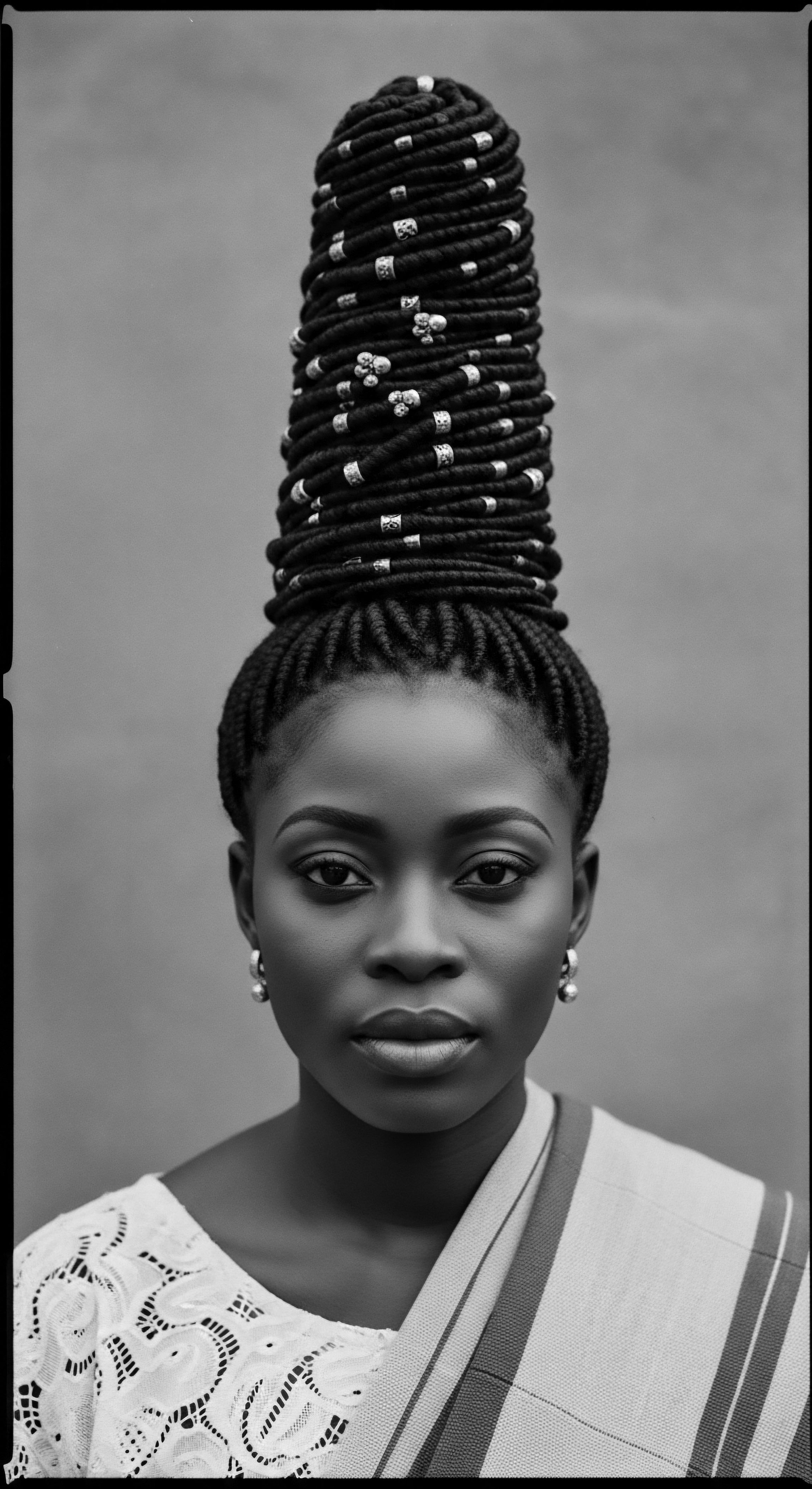
Ingredients from the Earth ❉ A Traditional Inventory
A look at traditional ingredients offers a powerful glimpse into the resourcefulness and scientific acumen of our ancestors.
- Shea Butter ❉ Extracted from the nuts of the African shea tree, it was a staple for moisturizing hair and scalp, protecting against sun and dryness. Its use dates back centuries, a cornerstone of West African beauty practices.
- Baobab Oil ❉ From the majestic African baobab tree, this oil, rich in vitamins and fatty acids, was used for scalp health and to add luster to hair. Its deep penetration provided sustained nourishment.
- Aloe Vera ❉ Used for centuries for its soothing and moisturizing properties, particularly for scalp health and promoting growth. Its gel provided a refreshing cleanse and treatment.
- Chebe Powder ❉ Originating from Chad, this blend of herbs and spices is traditionally used by Basara Arab women to keep their hair strong and long, protecting it from breakage.
These ingredients were not simply applied; they were often processed, infused, and blended through specific, labor-intensive techniques, transforming raw materials into potent remedies and styling aids. This process of preparation was itself a ritual, connecting the user to the earth and the collective knowledge of their community.
The enduring power of modern braided styles lies in their continuous relay of ancestral wisdom, adapting to new contexts while holding fast to their inherent spirit of defiance and self-affirmation.
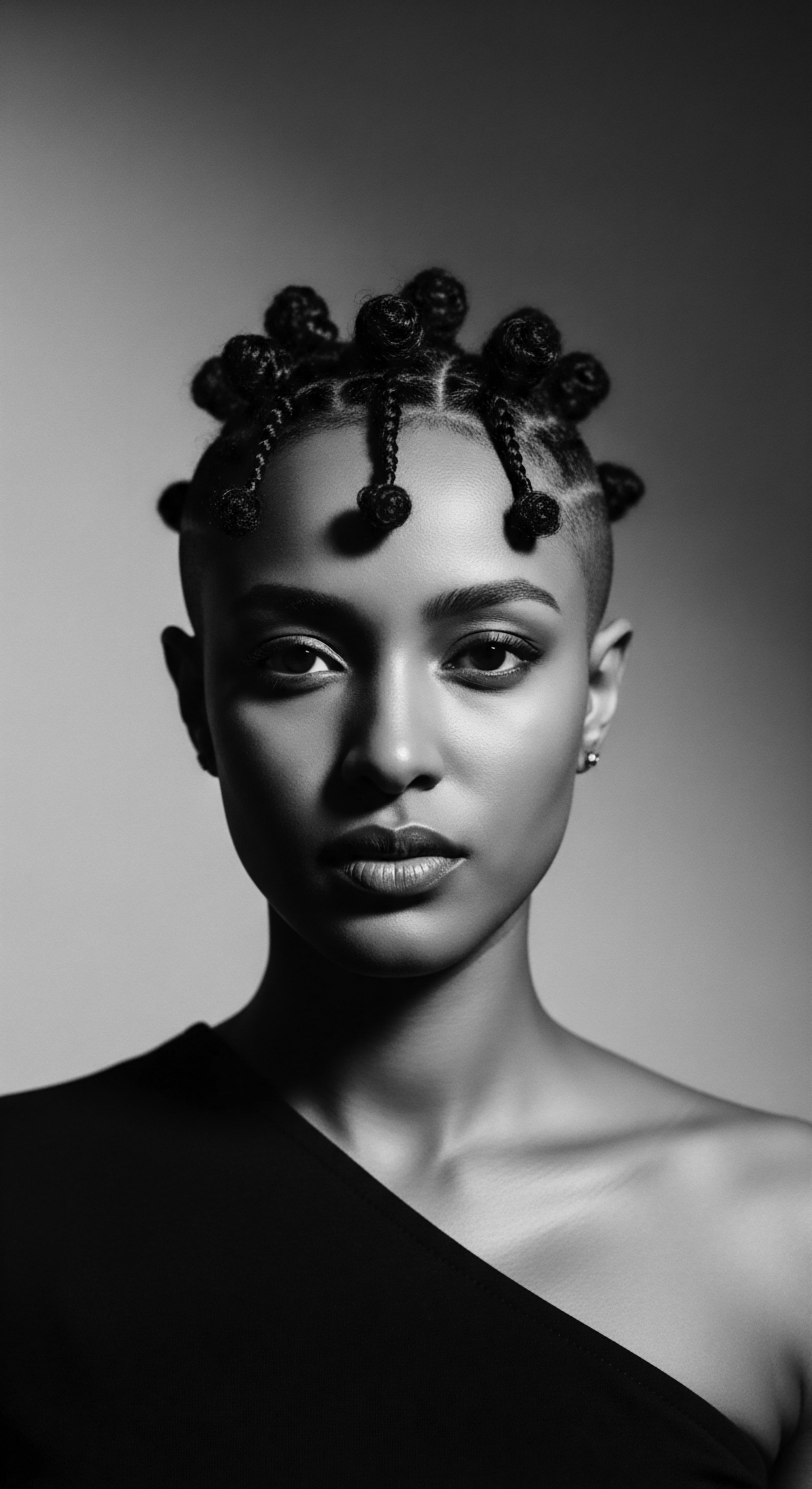
Holistic Wellbeing and the Crown
The ancestral view of hair was deeply holistic, often intertwining with spiritual beliefs and overall health. Hair was seen as a vital extension of the self, a literal “antenna” connecting the individual to their spiritual realm, to ancestors, and to universal energy. Disrupting hair, whether through forced cutting or improper care, could be seen as an assault on one’s spirit or identity. This perspective contrasts sharply with periods in history where Black hair was demonized or seen as unruly, forcing a disconnection from this powerful spiritual heritage.
Modern braided styles, when chosen as an act of self-love and cultural affirmation, can be seen as reclaiming this holistic connection. They become a visible declaration of self-acceptance and a rejection of imposed beauty standards. The care involved in maintaining braids, the time spent nurturing the scalp and strands beneath, becomes a meditative practice, a quiet communion with one’s heritage. This mindful approach to hair care, prioritizing health and spiritual well-being over fleeting trends, embodies the enduring wisdom of ancestral philosophies.
It is a profound act of self-preservation and a vibrant expression of identity in a world that often seeks uniformity. The resurgence of natural hair, and particularly braided styles, reflects a deep-seated desire to align external presentation with internal values, to wear one’s heritage with pride.
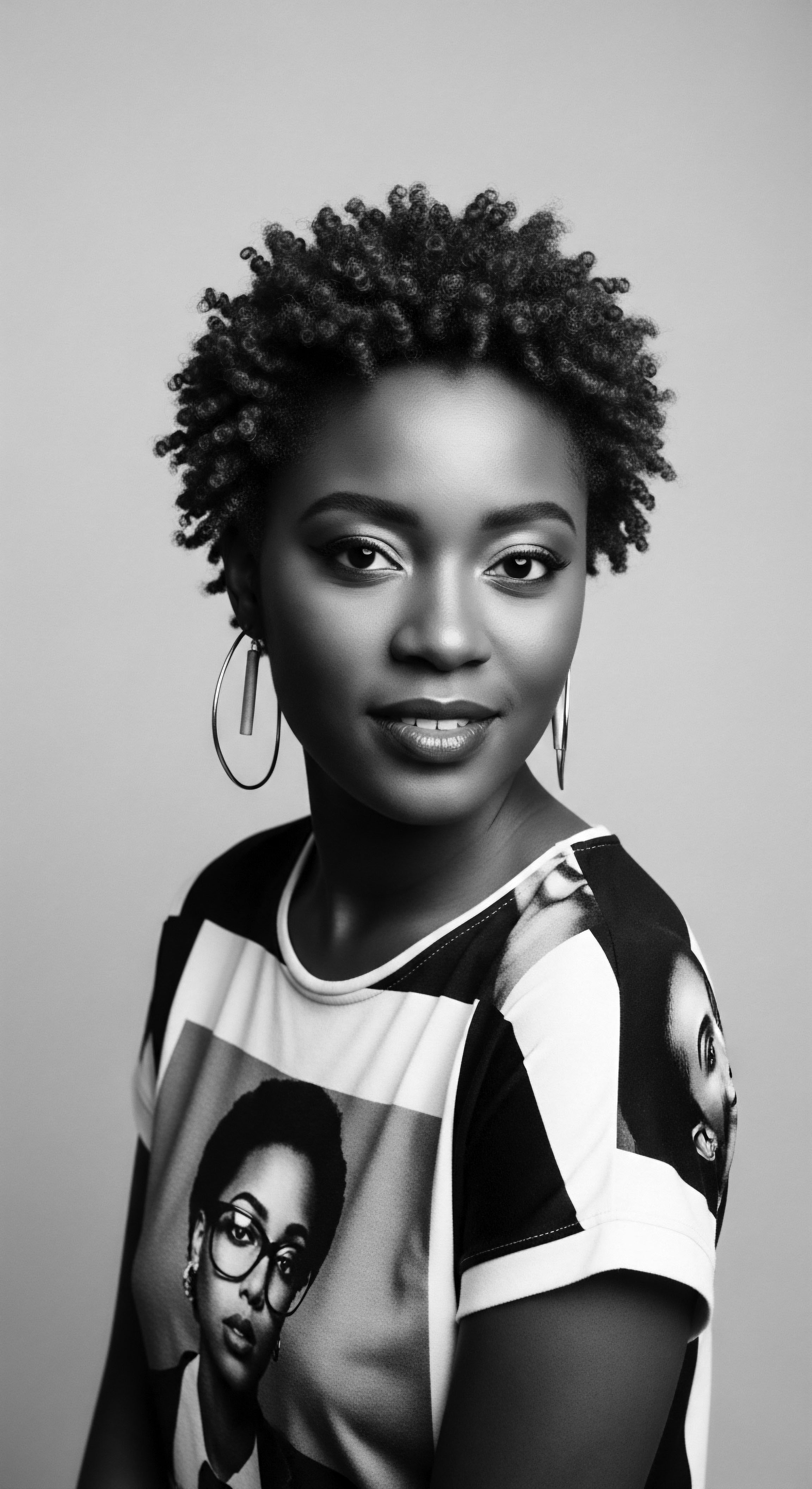
Reflection
As we trace the intricate pathways of modern braided styles, from the fundamental structure of each coil to the elaborate artistry they embody, a profound truth emerges ❉ these are not simply trends. They are living archives, dynamic expressions of a heritage that refused to be silenced, a spirit that continuously finds ways to declare its presence and pride. Each strand, meticulously woven or gracefully coiled, carries echoes of ancient practices, whispers of resilience, and the vibrant pulse of cultural memory. The journey of textured hair, and particularly the braided forms it takes, is a testament to the enduring human capacity for ingenuity, adaptability, and unwavering self-love even in the face of immense adversity.
In the quiet contemplation of a newly styled set of braids, one might sense the hands of ancestors, feel the collective strength of a lineage that utilized hair as a canvas for communication, a shield for protection, and a crown of dignity. It is a continuity that defies time, a continuous thread of identity that weaves through generations. The modern resurgence and celebration of braided styles serve as a powerful affirmation, a reclaiming of narrative, and a vibrant declaration that this rich heritage is not only alive but thriving. It is a constant reminder that the soul of a strand carries within it the boundless wisdom of the past, ever guiding the pathways of the future.
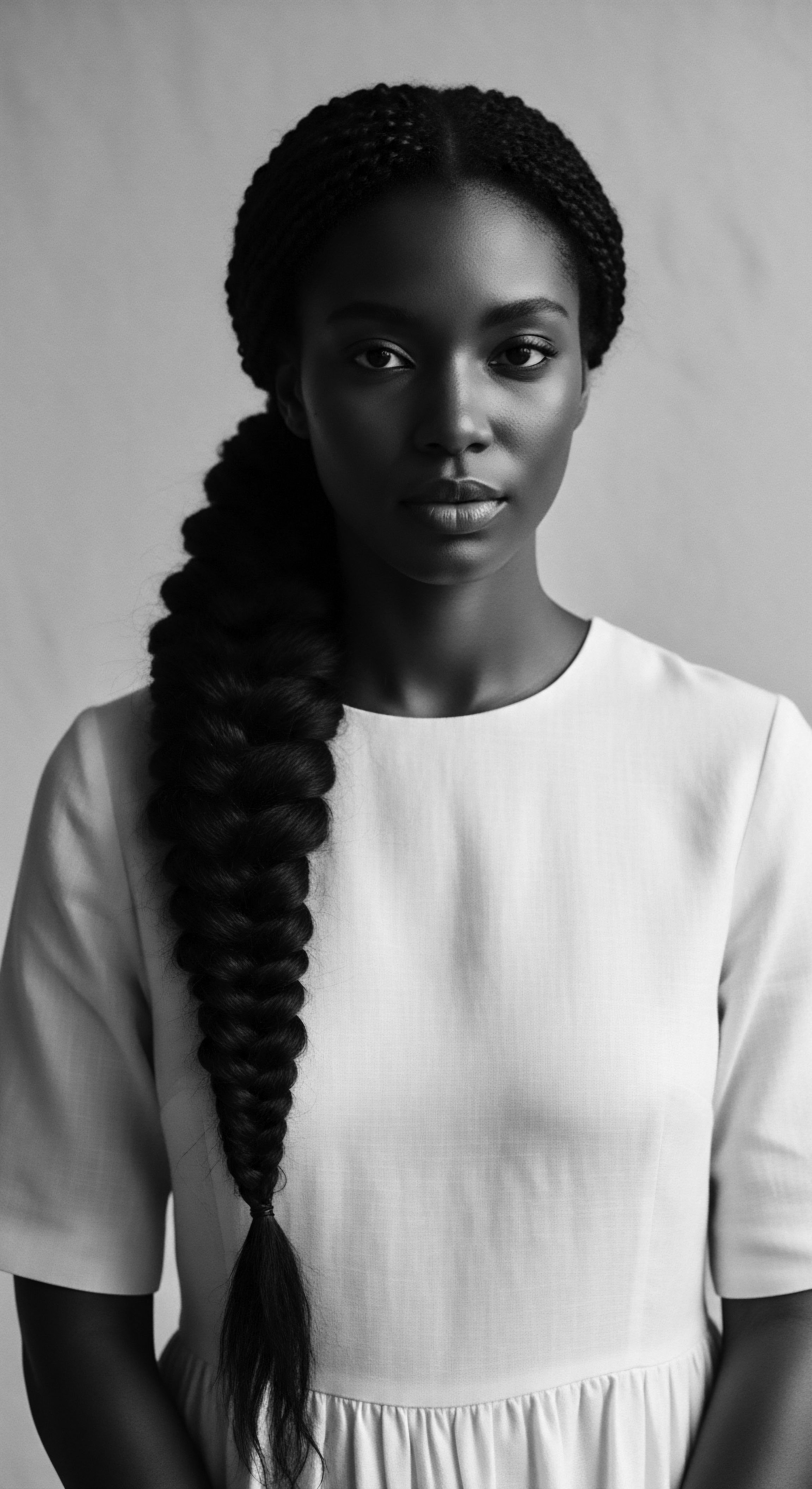
References
- Byrd, A. & Tharps, L. L. (2001). Hair Story ❉ Untangling the Roots of Black Hair in America. St. Martin’s Press.
- Mercer, K. (1994). Welcome to the Jungle ❉ New Positions in Cultural Studies. Routledge.
- Patton, M. F. (2014). African-American Hair ❉ A History of Style, Culture, and Status. University of California Press.
- Akbar, N. (1999). Light from Ancient Africa. New Mind Productions.
- Banks, I. (2000). Hair Matters ❉ Beauty, Power, and Black Women’s Consciousness. New York University Press.
- Barnwell, A. (2019). Hair, There, and Everywhere ❉ The History of Hair and Its Cultural Significance. The History Press.
- Bundles, A. (2001). On Her Own Ground ❉ The Life and Times of Madam C.J. Walker. Scribner.
